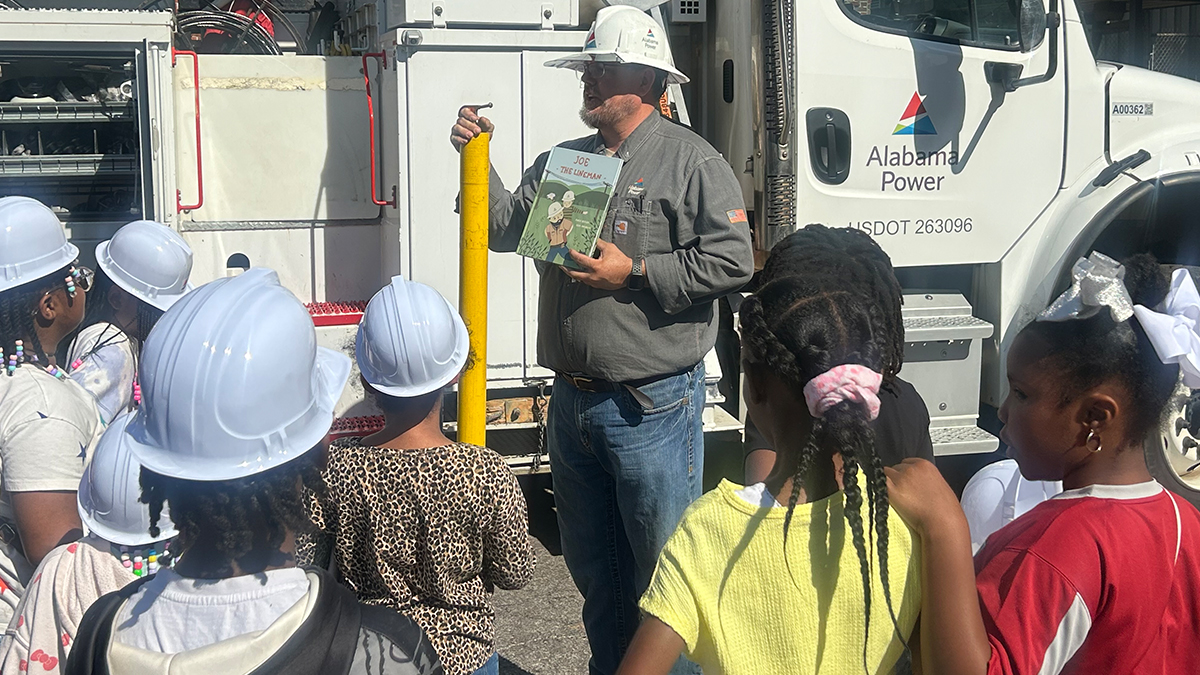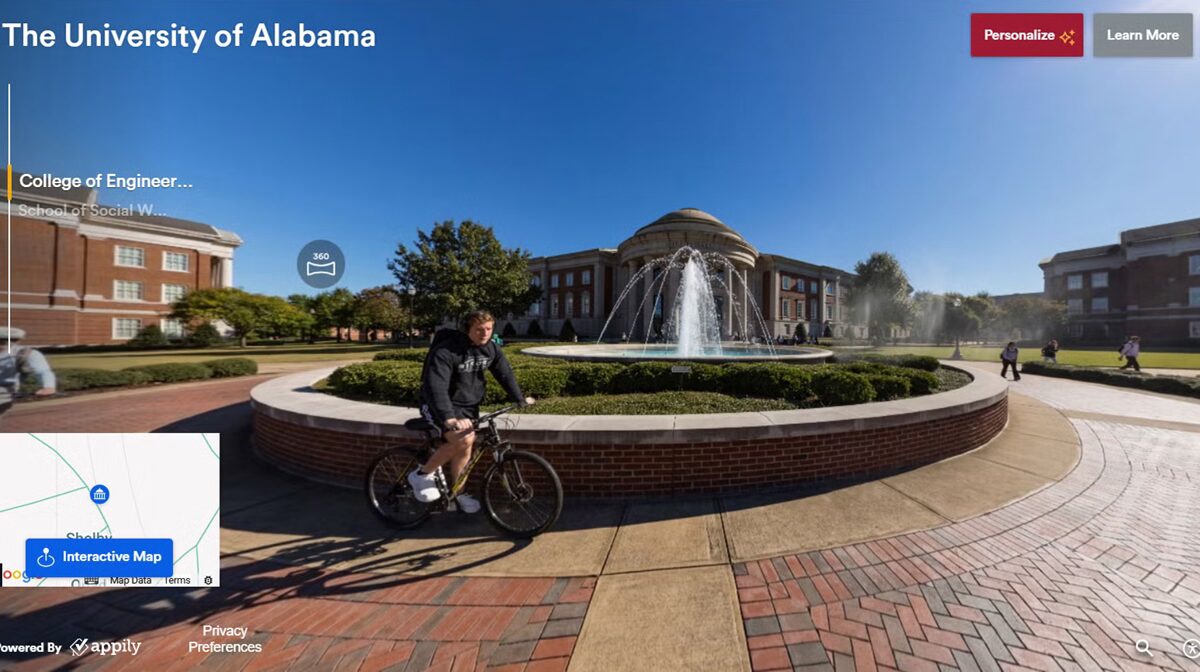Removal of historic Alabama dam could unleash recreation, tourism

An old dam on the Pea River near Elba is a barrier to spawning fish. Plans to remove it could also open up recreation and tourism opportunities. (contributed)
The Pea River holds a vital place in Elba history and will continue to shape its future.
And now, a collaboration involving the city, The Nature Conservancy (TNC), National Park Service, U.S. Fish and Wildlife Service, Alabama Scenic River Trail, the local nonprofit Restoration154 and individual stakeholders promises a new chapter. The coalition is working to remove the remains of a historic hydroelectric dam on the river – a move that could help transform the area into an ecotourism hotspot.
The Elba Hydroelectric Dam Project played a crucial role in the rural electrification efforts of central and south Alabama. At the time of its construction in the early 1900s, access to electricity was limited in many rural areas, and the dam supplied power to the communities of Troy, Dothan and surrounding areas.
After a 2015 flood in Elba, the dam was breached, putting it out of operation. The cost of rebuilding was prohibitive, so the owners had the federal operating license for the facility revoked. They are now in the process of transferring ownership to TNC. A representative for TNC in Alabama said the organization could receive title to the property in early 2024.
TNC is a global nonprofit working to conserve the lands and waters on which all life depends. Its goal in connection with the Elba project is to remove a barrier in the Pea River that would allow the Gulf sturgeon to reach its native spawning grounds. Since the construction of the dam, historic spawning sanctuaries for the fish have been inaccessible.
Steve Northcutt, TNC Alabama director of protection, said the Elba dam proposal recalls another successful barrier removal project on the Cahaba River. Known as the Marble Slab, the 210-foot long, 24-foot wide, ribbon of concrete was removed in 2004 with support from a similar coalition that is coming together around the Elba project.
“At the Cahaba River Marble Slab, we were seeing fish literally bumping into it with their noses,” Northcutt said. He added that spawning fish have a similar challenge at the Elba dam site.
“The dam is basically a barrier in their passage to breeding grounds,” Northcutt said. He said TNC’s main goal is to “remove the failed hydroelectric dam to, in turn, restore a natural flow of the river and allow fish passage, mostly for Gulf sturgeon.” He said TNC will coordinate all steps, including securing funding for the project.
One source of funding could be the state. Gov. Kay Ivey and other state leaders have recognized the importance of enhancing Alabama’s natural resources to support the state’s innovation economy. Through the newly formed Council on Outdoor Recreation, part of the state’s Innovate Alabama initiative, funding is being made available for projects that “… promote, expand and protect Alabama’s outdoor recreational assets for the enjoyment of current and future Alabamians.” Those involved with the efforts in Elba hope the state’s heightened emphasis on expanding and improving recreational attractions could lead to support for their project.

Members of the coalition working to remove the dam on the Pea River gathered recently at the site. (contributed)
The plan at the dam site also involves the National Park Service. Bill Lane, landscape architect for the Park Service’s Rivers, Trails and Conservation Assistance program, explained the plans to make the Pea River destination through the creation of a “blueways” trail. Restoration154, a local nonprofit, applied for and received a planning grant for the blueway in 2022 that is still ongoing.
“A blueways trail is basically a recreation trail through the water, down a river corridor. This would spur even more new development,” Lane said.
“Regional trails like these draw people from all over the world,” Lane said, adding that it could make Elba a new hot spot for river recreation while raising awareness about the river and showcasing it as a valuable amenity for the community.
The Pea River’s natural rock outcrops and waterfalls make it an ideal candidate. “It’s a very scenic river. There’s not a whole lot of development so you’re in nature the whole time,” he said.
The idea is to create a low-impact design that would not disrupt any of the natural scenic opportunities found along the river. Interpretive signage would allow river-goers to learn about significant fauna and flora along the river, as well as the historical importance of the dam site. The Blueways trail would also be accessible for people with disabilities, so they can enjoy being out on the water.
Restoration154’s Laurie Chapman said the many parties involved, including landowners of adjacent parcels, will need to come together to bring all the plans to fruition. “It’s going to be a long process, but it appears that things are moving in the right direction to make this happen,” Chapman said.
Built between 1911 and 1913, the Elba Hydroelectric Dam is recognized as the oldest example of reinforced concrete hydroelectric dam construction in Alabama.
With a generating capacity of 3,000 horsepower, substantial for the time, the dam began operating in 1914, marking a significant milestone in the development of hydroelectric power in the region. In today’s terms, the dam generated enough electricity to power an average 1,000 homes with a maximum capacity of 1,500.
The dam’s operations helped bring the benefits of electricity to rural areas, powering hospitals, fire stations, police stations, sawmills and other essential industries – contributing to the overall progress and modernization of central and south Alabama.

Author Mikailie Caulder at the dam site. (contributed)
But experts say the dam also had downsides, beyond its impact on aquatic wildlife. Some say the dam contributed over the years to flooding in Elba, including a devastating flood in 1998.
Despite the challenges brought by past floods, the community has demonstrated remarkable resilience and determination to rebuild, time and time again.
Wayne Lawford, the owner of Lawford Hardware, appreciates the benefits the river brings. “Elba has benefits that most towns don’t have, and one is having the river running right through it.”
Even during the 1998 floods, local businesses like Lawford’s continued to provide support to the community. Lawford recalled, “We never slowed down in the ’98 flood because everyone was needing stuff, so I just did what I could with what I had to help everyone out.”
Recognizing the town’s potential, Lawford highlighted the positive developments, such as the river project. His wife, Betty Lawford, emphasized the resilience of the community, stating, “This little town has been through it, but they’ve fought back every time.”
Mikailie Caulder, a Living Democracy student at Auburn University, spent last summer living and learning in Elba, Alabama, as a Jean O’Connor Snyder Intern with the David Mathews Center for Civic Life. The nonprofit program, coordinated by the Caroline Marshall Draughon Center for the Arts and Humanities in the College of Liberal Arts, prepares undergraduate college students for civic life through living-learning experiences.





